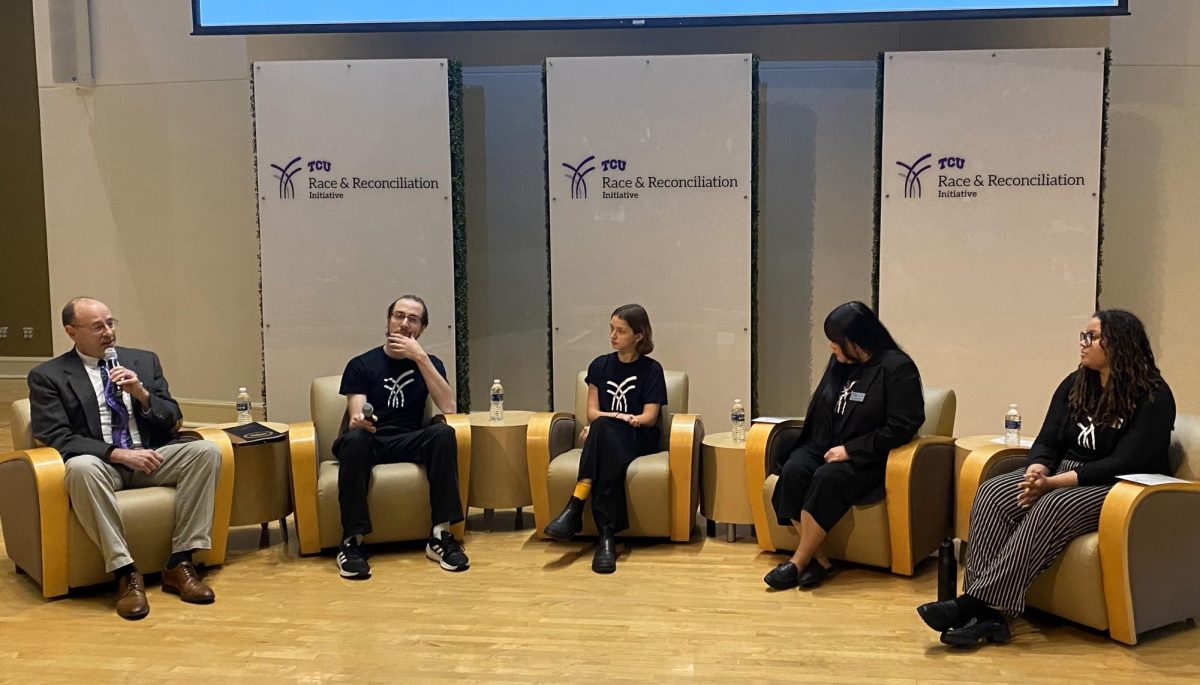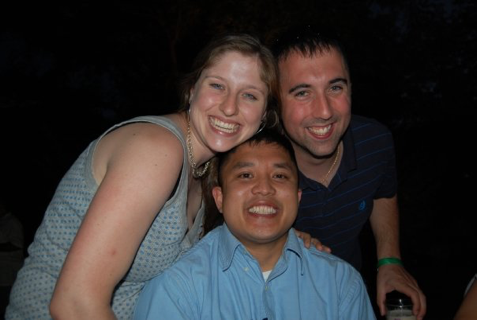An average of eight to 10 percent of students enrolled at TCU have learning disabilities. That’s lower than the national average, which ranges from 11 to 12 percent, Laurel Overby, Student Disabilities Services coordinator, said.
Overby said she believed the university rested below the national average because many of its students did not disclose their disabilities because of past negative experiences.
A recent report published by the Education Department said nearly nine out of 10 of the nation’s two- and four-year colleges enroll students with disabilities. The report also said that of the 86 percent of those that enroll students with learning disabilities, only 24 percent said they can help disabled students to a major extent.
Student Disabilities Services, a branch of the Center for Academic Services, assists students with verified disabilities in all areas of the college experience.
According to the Student Disabilities Services website, the program provides students with accommodations, alliance and assistance to help students with disabilities get the full college experience.
The most common disabilities that require accommodation are learning disabilities, such as dyslexia; attention disabilities, such as ADHD; illnesses, such as cancer; and physical impairments such as blindness, Overby said.
Disabilities are evaluated by Student Disabilities Services, and a plan of action is created for each student, Overby said.
Once a disability is reported and verified to Student Disabilities Services, students’ instructors are notified of the disability and instructed to provide extra resources and assistance to those students.
Allison Owen, a professor in the math department, has worked at the university for 14 years and has taught many students with disabilities throughout that time. She has worked with students who have visual and hearing impairments, writing-challenged students and students with attention disorders.
Math can be a tricky subject to teach to students with disabilities, but there are several ways to provide them with assistance, including lots of one-on-one time, Owen said. She has reformatted her handouts, provided diagrams and made copies of presentations to give to students with disabilities.
“A large part of it is providing the materials formatted in a [way] that is appropriate for that individual,” Owen said. “Sometimes that means a specific font in a specific size.”
Many of Owen’s students with disabilities have been some of her hardest working students, she said.
“One shouldn’t be denied the opportunity for education because one can’t read 12-point type,” Owen said. “It’s very important to provide our educational materials in a format and medium in which they can be used by each individual student.”
For more information about Student Disabilities Services and its services, go to their website.



